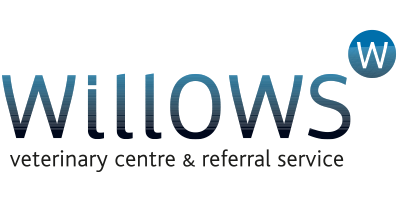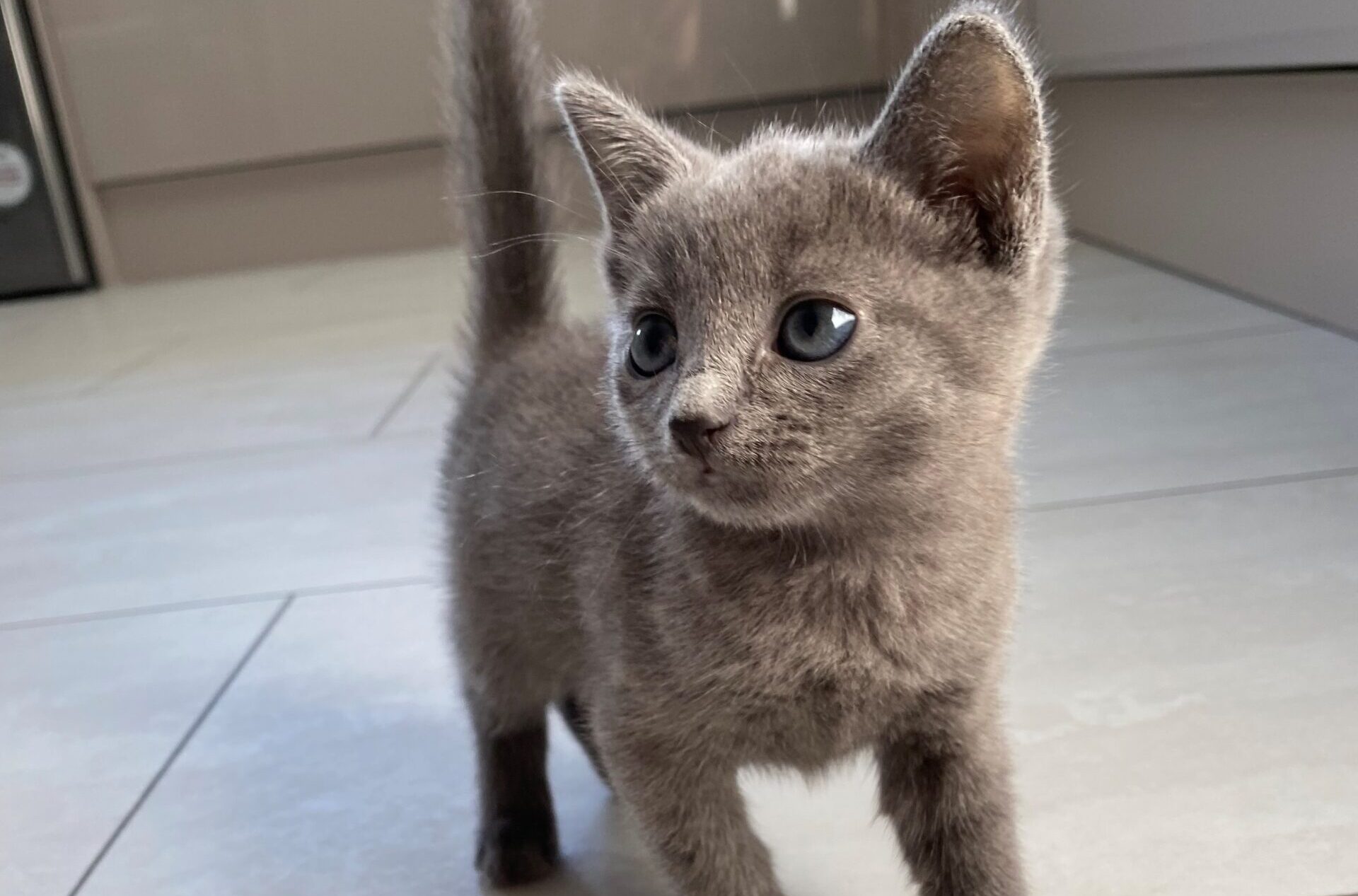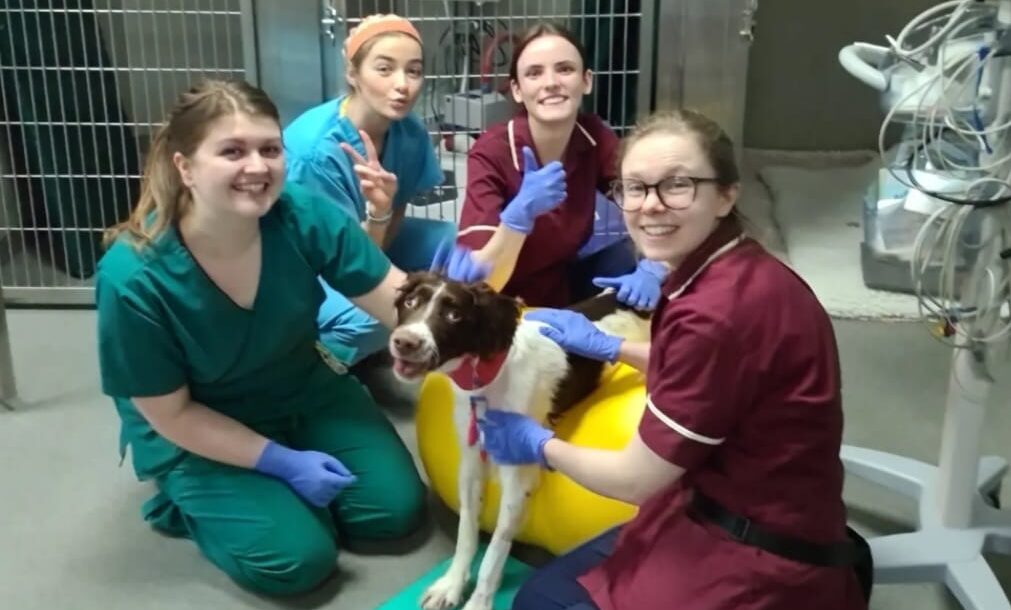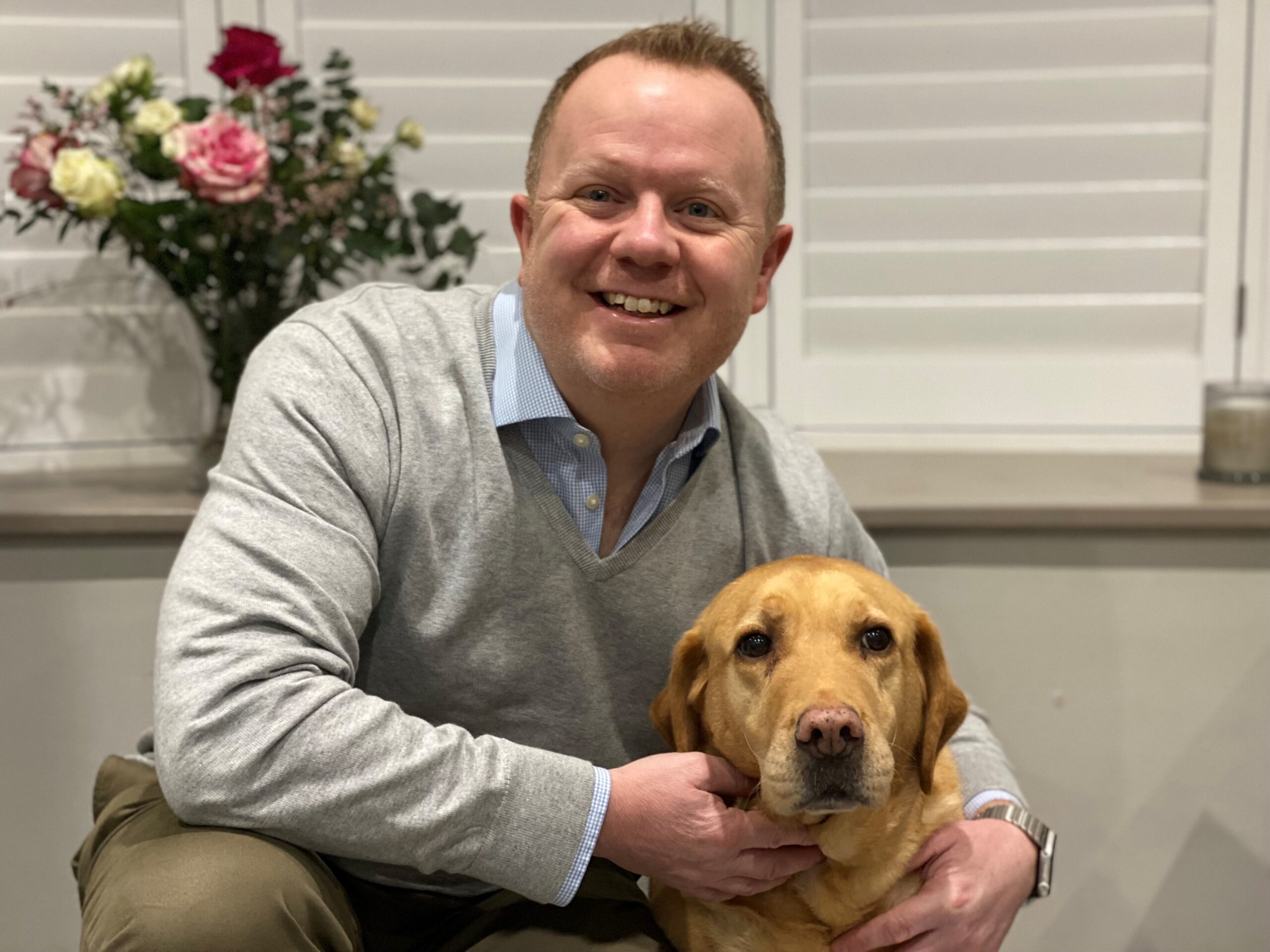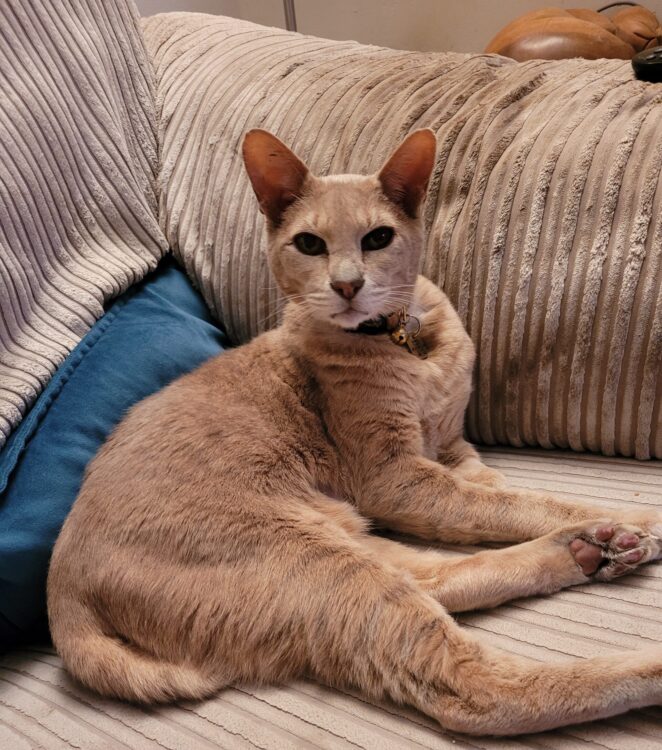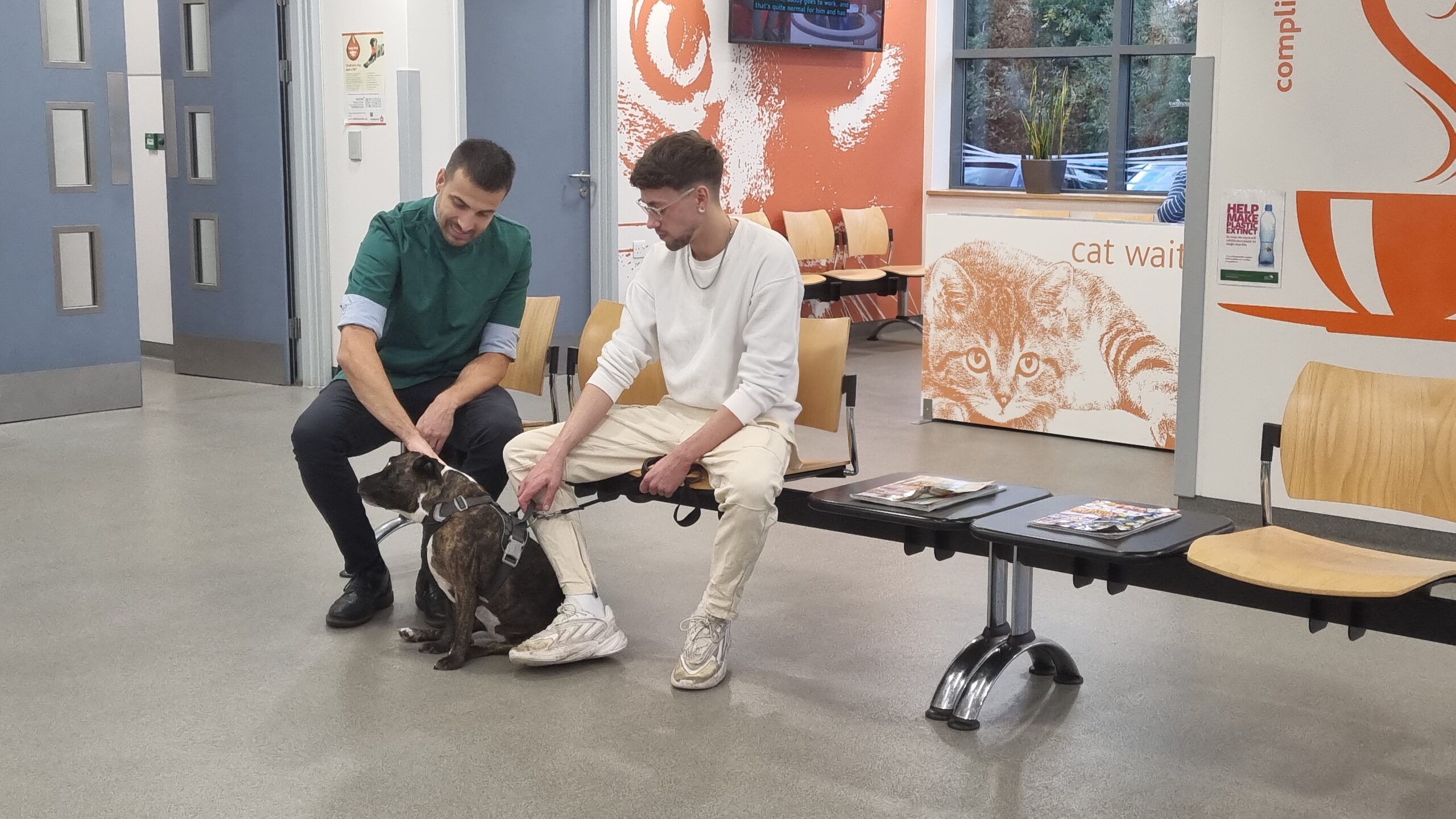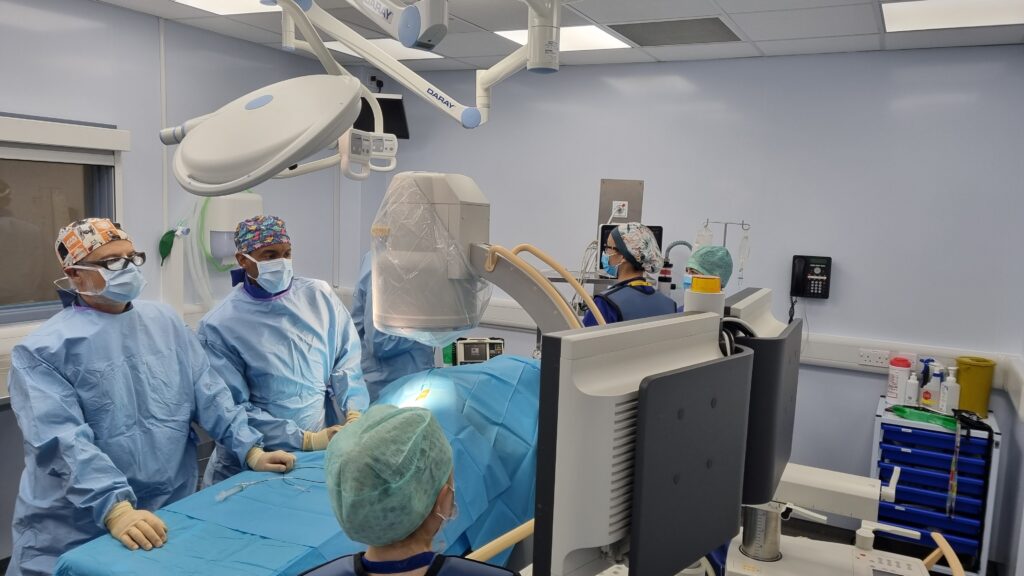A Gloucestershire couple have praised the Specialist Veterinary skills and leading-edge cardiology care at Willows, which saved the life of their beloved one-year-old English bulldog.
Kat Ives and Cheralyn Wilcox, who run Newbrook Equestrian Centre in Uley, admitted they feared the worst when told their pet Beryl was in peril because of a heart defect.
However, Specialist treatment by our team not only cured the problem but did so without Beryl having to undergo major surgery.
Kat says the positive outcome was a happy ending to a traumatic period: “We were beyond shocked when we learned Beryl had a heart defect called a patent duct arteriosus (PDA).
“We were absolutely devastated. The realisation we could have lost Beryl was just heartbreaking. We were honestly beside ourselves with worry. Beryl is such a special dog, not just to us as a family but to so many people who visit our farm.
“Those days leading up to her surgery felt like a decade. Watching her every move, knowing in the back of our minds her heart wasn’t working properly, was just terrifying.”
Beryl’s full recovery is another success story for the world-renowned Specialist Cardiology team at Willows.
Here at Willows, we have one of the busiest interventional Cardiology caseloads in the country, with more than 97 per cent of dogs enjoying a successful outcome from the pioneering keyhole procedures.
Willows’ Head of Cardiology Dr Simon Swift, an RCVS and European Specialist in Small Animal Cardiology, explained: “A PDA is a common congenital heart defect in dogs and creates an abnormal flow of blood from the aorta to the pulmonary artery.
“This can result in congestive heart failure (fluid in the lungs), causing an early death, so urgent treatment is vitally important.
“This important vessel should close naturally at birth, but, in Beryl’s case, it remained open and presented a clear danger.
“Surgery is often used to solve the problem but at Willows we are experienced in using minimally invasive catheter procedures with exceptional results.
“First, we passed a catheter through an artery in Beryl’s leg and up into the heart and injected a radiopaque contrast liquid into the aorta to highlight the size and shape of the faulty vessel. We used fluoroscopy to allow us to image and measure the vessel.
“This enabled us to accurately select the correct size of plug (ACDO) and carefully insert it to successfully block the vessel and prevent the abnormal flow of blood.
“Beryl recovered well after the procedure and it was immediately apparent her heart murmur had disappeared.
“A heart ultrasound confirmed no flow through the repaired vessel and follow-up examinations confirmed that she is effectively cured of her heart disease and can now look forward to a long and happy life.”
Cheralyn said the Willows team worked wonders to mend Beryl’s broken heart and ensure her future with her loving family – and adoring farm visitors – is assured.
She said: “The whole team at Willows was just incredible, from the people we spoke to who arranged all the paperwork, to the receptionists, vet nurses and, of course, the incredible surgeons who saved Beryl’s life.
“We cannot thank them enough for what they did for us and Beryl. On our farm, we work with lots of vets, from agricultural and equine vets to small animal vets.
“That’s how we know the team at Willows is exceptional and we cannot sing their praises enough!”
